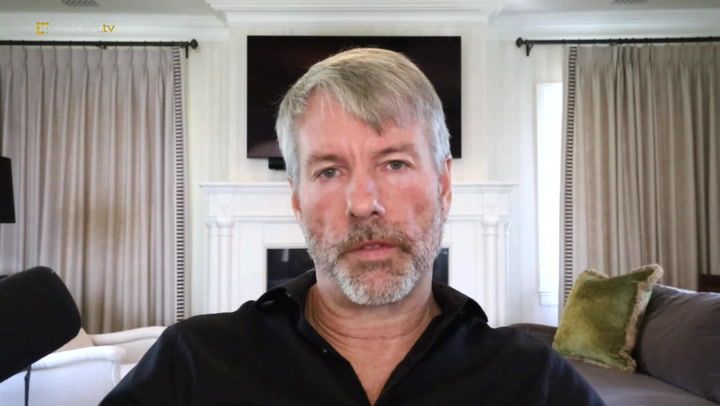The Vision for a Digital Economy
At the recent White House Digital Assets Summit, co-founder Michael Saylor presented a groundbreaking cryptocurrency strategy, proposing that the U.S. could unlock an astounding $100 trillion in economic value over the next decade. His vision centers on establishing a clear regulatory framework, eliminating barriers to innovation, and strategically acquiring Bitcoin to enhance the nation’s economic landscape.
Classifying Digital Assets for Innovation
Saylor introduced a structured taxonomy for digital assets, categorizing them into four key classes:
1. **Digital Tokens**: Designed for capital creation and innovation.
2. **Digital Securities**: Aimed at improving market efficiency.
3. **Digital Currencies**: Intended for commercial use and to bolster the global dominance of the U.S. dollar.
4. **Digital Commodities**: Such as Bitcoin, focused on wealth preservation.
This classification is intended to reduce regulatory uncertainty and facilitate the seamless integration of digital assets within the traditional financial system.
Removing Barriers and Encouraging Growth
In his proposal, Saylor advocated for the removal of existing restrictions on cryptocurrencies. He argued that doing so would grant U.S. entities faster access to capital markets while maintaining the U.S. dollar’s critical role in global commerce. Saylor emphasized the importance of fair disclosure and accountability measures to mitigate fraud and conflicts of interest within the industry.
He also called for an end to “hostile and unfair tax policies” targeting the crypto sector, suggesting that government support is essential for the industry to realize its full potential. “The government should encourage and provide support for major banks to custody, trade, and finance Bitcoin assets,” his proposal stated. “Debanking of crypto industry participants should not be tolerated.”
A Strategic Bitcoin Reserve for National Prosperity
A central element of Saylor’s vision is the establishment of a strategic Bitcoin reserve. He proposed that the U.S. acquire between 5% to 25% of the total Bitcoin supply by 2035 through consistent, programmatic purchases. Saylor’s firm, Strategy, has already adopted Bitcoin as a treasury reserve asset since 2020, purchasing an impressive 499,096 BTC to date.
Looking ahead, Saylor projected that this reserve could generate between $16 trillion and $81 trillion by 2045, providing a long-term solution for national debt reduction in the U.S.
A Shift in Government Attitude Towards Crypto
The inaugural White House Crypto Summit, held on Friday, aimed to signal a more favorable approach to the cryptocurrency industry under the Trump administration, contrasting sharply with the previous administration’s stance. The summit gathered key industry leaders, including top executives from Coinbase, Ripple, Kraken, Gemini, Chainlink, Robinhood, and several others, to discuss the future of digital assets in the United States.
Through this summit and Saylor’s ambitious proposals, the conversation around cryptocurrency regulation and innovation is set to evolve, potentially positioning the U.S. as a global leader in the digital economy.



